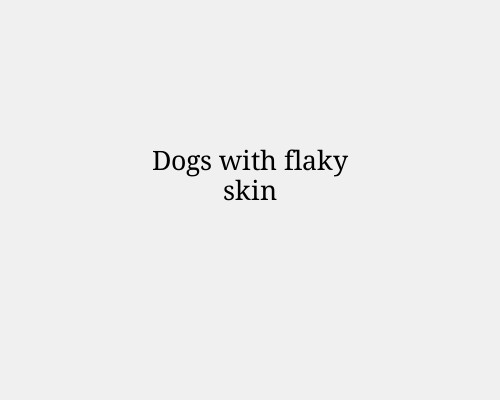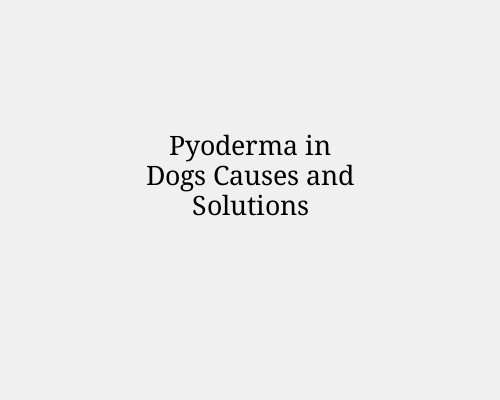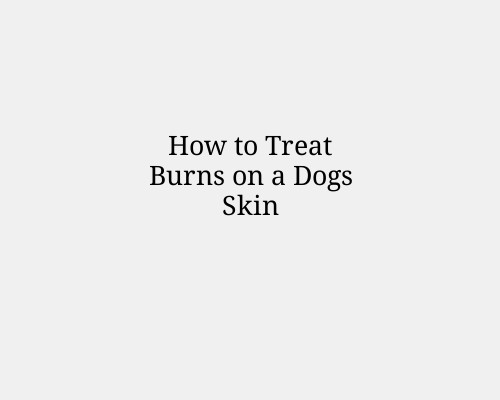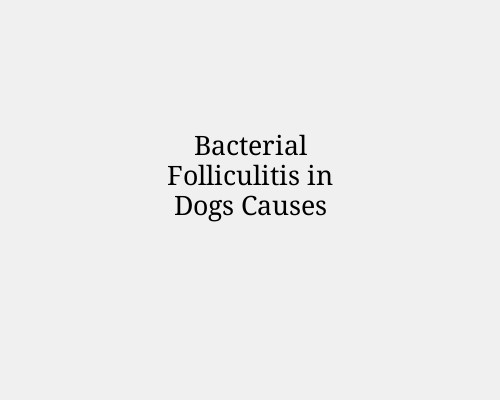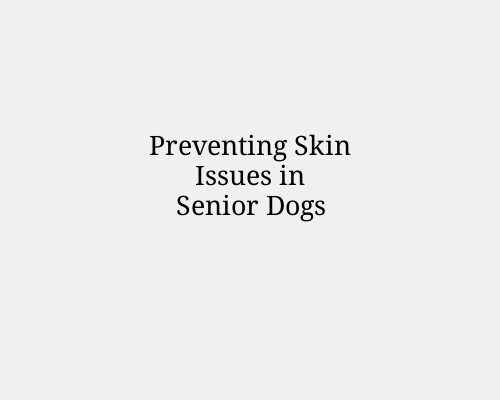How to Treat Dog Skin Ulcers
How to Treat Dog Skin Ulcers
Dog skin ulcers are open sores or lesions that develop due to infections, injuries, underlying health conditions, or prolonged pressure on the skin. Treating them effectively requires identifying the cause, cleaning the wound properly, and providing appropriate medical care.
Causes of Skin Ulcers in Dogs
Infections – Bacterial, fungal, or parasitic infections can lead to ulcer formation.
Trauma or Injuries – Bites, burns, or excessive licking can cause wounds that become ulcers.
Pressure Sores (Decubitus Ulcers) – Common in older or immobile dogs that lay in one position too long.
Allergies & Skin Conditions – Dogs with chronic allergies or autoimmune diseases may develop ulcers.
Cancerous Growths – Tumours, both benign and malignant, can ulcerate as they grow.
Hormonal Disorders – Conditions like Cushing’s disease can weaken skin integrity.
Nutritional Deficiencies – Poor diet can lead to skin problems and slow healing.
Symptoms of Skin Ulcers
Red, inflamed, or raw skin
Open sores with or without pus
Foul odour from the affected area
Pain or sensitivity when touched
Hair loss around the ulcer
Excessive licking or scratching
Crusting or scabbing over the wound
Treatment for Dog Skin Ulcers
Cleaning the Ulcer
Trim Hair Around the Ulcer: This prevents contamination and allows for better wound care.
Gently Clean the Wound: Use warm saline (saltwater) or an antiseptic solution like chlorhexidine. Avoid hydrogen peroxide or alcohol, as they can damage healing tissue.
Pat Dry the Area: Use a clean, soft cloth to dry the skin gently.
Prevent Infection
Topical Antibiotic Ointment: Apply a vet-approved antibiotic ointment, such as Neosporin (if safe for dogs).
Oral Antibiotics (If Needed): A vet may prescribe antibiotics if the ulcer is deep or infected.
Control Pain & Inflammation
Pain Relievers: Veterinarians may prescribe NSAIDs (e.g., carprofen) to reduce pain and swelling.
Antihistamines (If Allergies Are the Cause): Medications like Benadryl (diphenhydramine) may help reduce itching and irritation.
Prevent Further Irritation
Use an E-Collar (Cone): This prevents the dog from licking or scratching the ulcer.
Soft Bedding: For pressure ulcers, provide soft, clean bedding and encourage movement.
Address Underlying Conditions
If ulcers are due to allergies, infections, or systemic diseases, treating the root cause is essential. A veterinarian may recommend:
Allergy medications or diet changes for food or environmental allergies.
Fungal or parasite treatments if the ulcer is caused by ringworm or mites.
Hormone therapy for endocrine-related ulcers.
Promote Healing
Dietary Supplements: Omega-3 fatty acids, zinc, and vitamin E can support skin healing.
Regular Wound Monitoring: Check the ulcer daily for signs of improvement or worsening.
When to See a Vet
Seek veterinary care if:
The ulcer worsens despite treatment.
There is excessive pus, foul odour, or signs of infection.
The dog shows signs of pain, lethargy, or loss of appetite.
There are multiple ulcers or recurring skin issues.
Prevention Tips
Maintain proper hygiene and grooming.
Treat skin conditions promptly.
Provide a balanced diet with essential nutrients.
Ensure dogs have soft, clean bedding.
Use flea and tick preventatives to avoid parasite-related ulcers.
Dog skin ulcers can often heal with proper care, but persistent or severe cases require veterinary attention. Early treatment improves healing time and prevents complications.


